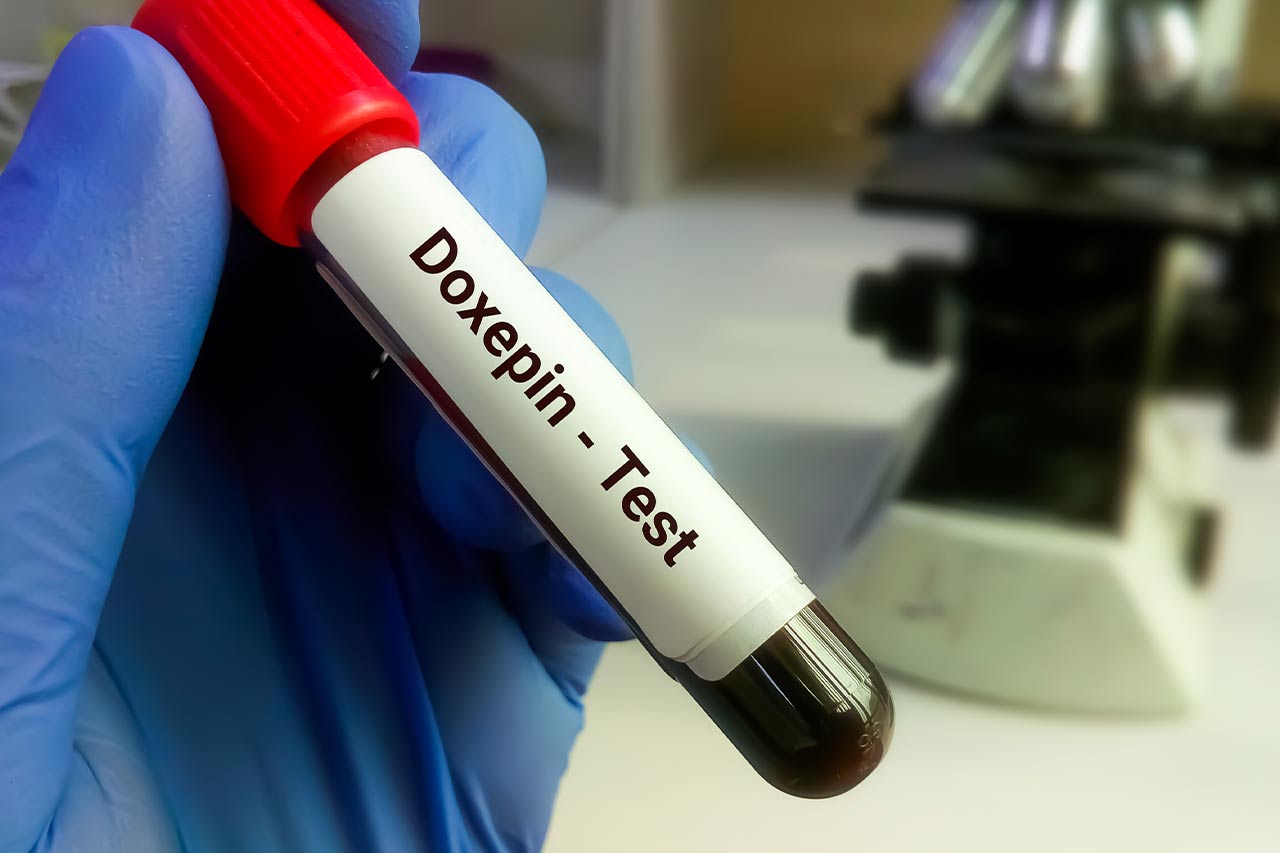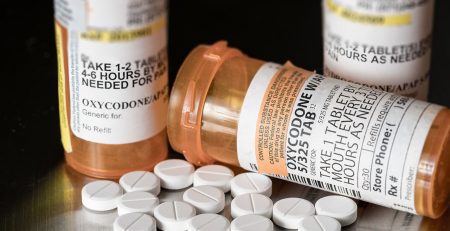Sinequan is the brand name for doxepin, which is an antidepressant and nerve pain medication that belongs to a class of drugs called tricyclic antidepressants. Tricyclic antidepressants like doxepin work by preventing the reabsorption of the neurotransmitters serotonin and norepinephrine, which play roles in mood, sense of well-being, and physiological functions like breathing and heart rate. Due to its effects on the central nervous system and neurotransmitters, stopping doxepin suddenly can lead to uncomfortable symptoms. If you’re taking this medication and want to quit, read our guide on doxepin withdrawal first.
Sinequan (Doxepin) Withdrawal Side Effects
Doxepin treats depression by promoting feelings of happiness, calmness, and relaxation, which is also why it’s sometimes used as a sleep aid. Although a Sinequan high is not possible, addictive tendencies may still occur from a build-up of tolerance, which increases the likelihood of drug misuse.
People who become tolerant to drugs (prescription or not) may require higher doses to feel the same effects, which could lead to misuse. Because doxepin affects chemical levels and neural activity in the brain, it’s important that patients only take it as prescribed. And this brings us to withdrawal.
Doxepin withdrawal symptoms occur in people who have become physically dependent on their medication. As tolerance builds up, it makes it more likely for the person to increase their doses without consulting their doctor first. Usually, this is done because the person believes their medication suddenly “stopped working.”
Your risk of adverse side effects is increased when your doses are altered, as this medication is prescribed based on the severity of the person’s symptoms and medical condition as well as their responses to previous treatments.
Therefore, someone physically dependent on doxepin that suddenly stops taking it may experience uncomfortable withdrawals. Some of the most common doxepin withdrawal symptoms include:
- Drowsiness
- Dizziness
- Dry mouth
- Blurred vision
- Constipation
- Trouble urinating
In addition to the aforementioned symptoms, even worse side effects can occur as a result of doxepin discontinuation and misuse. People who abuse their antidepressants by taking them in higher doses than directed or mixing them with other depressants like alcohol are more likely to experience withdrawals when they try to quit.
Some of the more severe symptoms of doxepin withdrawal include:
- Seizures
- Mood changes (anxiety, agitation)
- Shaking
- Severe abdominal pain
- Fainting
- Blurred Vision
- Worsened depression
If you notice any of these symptoms in yourself or someone who’s taking Sinequan, call a doctor right away. They will be able to set up a doxepin taper schedule to gradually wean you or the individual off this medication to prevent severe withdrawals and relapse from occurring.
How Long Do Withdrawal Symptoms Last From Doxepin?
A major risk of doxepin withdrawal is antidepressant discontinuation syndrome, which occurs when someone stops using antidepressants or drastically cuts down their dose. This often happens in people who take antidepressants like Sinequan.
The Sinequan or doxepin withdrawal timeline duration usually depends on how long it was used and the dosage the person would take. Doctors don’t usually take patients off doxepin and other prescription antidepressants without setting up a tapering schedule to prevent any discomfort associated with withdrawals. This allows doctors to gradually reduce the patient’s dose over time.
Sinequan (doxepin) withdrawal can occur within 5 days after cessation of use and can last anywhere from seven days to two weeks. Certain withdrawal symptoms – such as insomnia, depression, and suicidal thoughts or actions – may occur during withdrawal as well.
Detox for Doxepin Withdrawal
Although doxepin is not a controlled substance, a psychological addiction may form if it’s misused, increasing the risk for adverse side effects and severe withdrawal symptoms. If you want to quit using doxepin or any other drug, our luxury treatment center in Palm Beach offers medically monitored detox that can help.
Our medically assisted detox programs include 24-hour care and medical assistance for patients who want to quit drugs or alcohol and need help getting through withdrawals. Withdrawal symptoms can be highly unpleasant and sometimes life-threatening, and it’s common for people to relapse during this stage of recovery to avoid the discomfort.
However, because this is such a crucial step in getting sober, our luxury rehab offers detox and treatment for prescription drug addiction and illicit drug use to assist patients in their immediate and long-term recovery goals. Our addiction specialists are here to offer guidance every step of the way.
To learn how our Florida luxury drug and alcohol rehab programs can help you or a loved one get sober, call Seaside Palm Beach today at 561-677-9374.
Related Reading:












